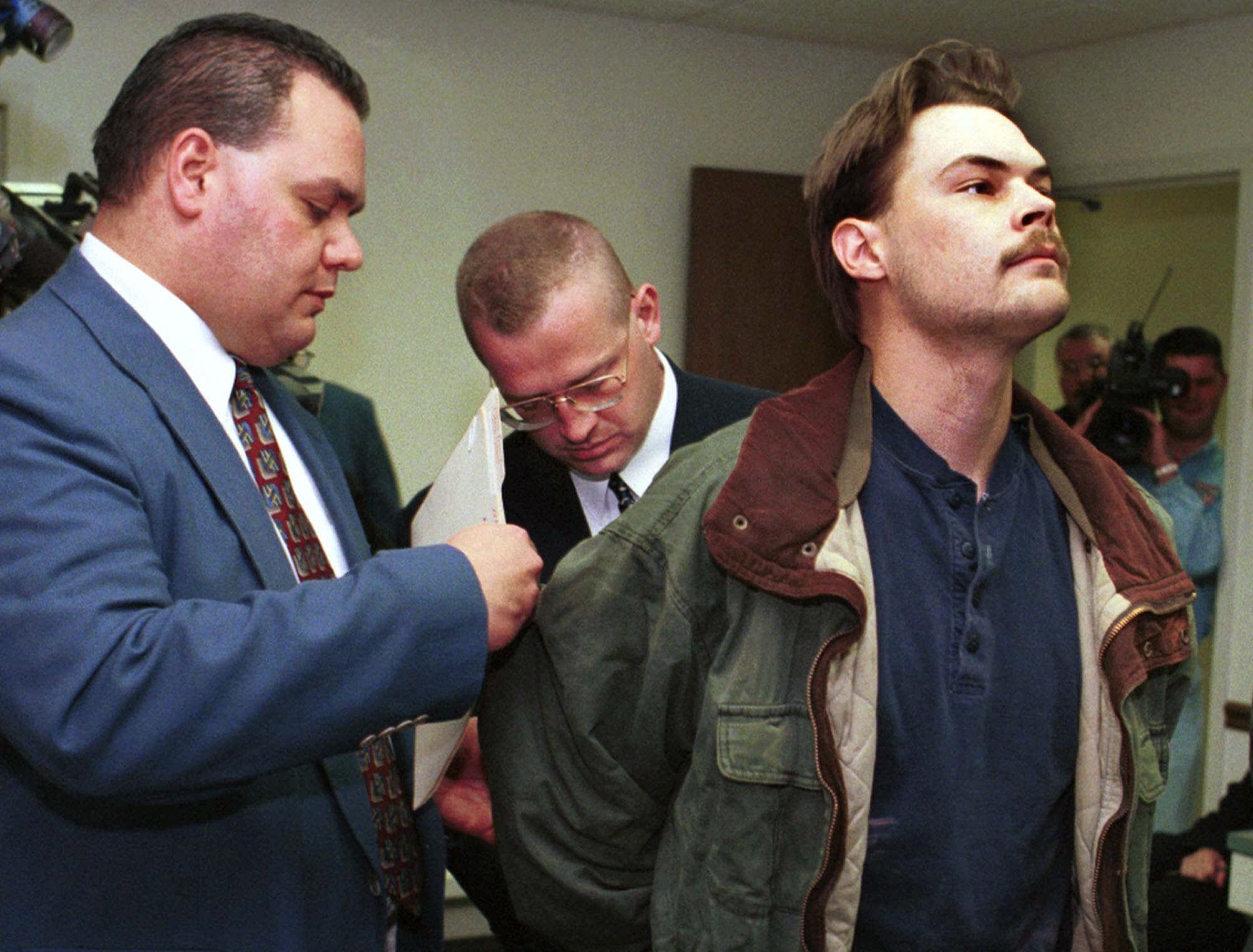It’s been 33 years since four girls were fatally shot in the head at I Can’t Believe It’s Yogurt! in Austin, Texas, on Dec. 6, 1991: Amy Ayers (13), Jennifer Harbison (17), Sarah Harbison (15), and Eliza Thomas (17).
[time-brightcove not-tgx=”true”]
And 33 years later, why these girls were targeted is still a mystery. The case is the subject of a new HBO four-part documentary series The Yogurt Shop Murders, which has been airing weekly on Sunday nights between Aug. 3 and Aug. 24. The series explores the leading theories on who murdered the girls and gives the victims’ families space to remember their loved ones. The series contains rare footage following the suspects as they prepared for trial, filmed by a local Austin documentary filmmaker Claire Huie.
While the series doesn’t contain new revelations, it provides a comprehensive overview of the case. Here’s how the finale wraps up its coverage of a complicated story.
Where the yogurt murders case stands now
The Yogurt Shop Murders focuses on the main suspects in the case, a group of teenage boys who were hanging out together the night of the murder and had access to a gun: Maurice Pierce, Michael Scott, Robert Springsteen, and Forrest Welborn. Pierce has always maintained that Welborn borrowed his gun and told him that he killed the girls, while Welborn has said that he was only kidding when he said that.
There was never evidence to charge Pierce and Welborn, but Springsteen and Scott were convicted of murdering the girls in 2001 and 2002, respectively. They had confessed to murdering the girls, but claimed that the confessions were under duress, and they were looking for a way out of the stressful interrogation. Springsteen was sentenced to the death penalty, while Scott was sentenced to life in prison.
Between 2006 and 2007, the Texas Court of Criminal Appeals overturned their convictions, determining that Scott and Springsteen did not get a chance to cross-examine each other, per their 6th Amendment rights. There was supposed to be a retrial, but DNA testing conducted on remaining evidence from the victims was performed again using newer technology, and none of the DNA matched Pierce, Scott, Springsteen, or Welborn. Whether there was contamination or another person involved in the crime was unclear. In 2009, the prosecution dismissed the charges against Scott and Springsteen.
Since there was no physical evidence to link these four boys to the crime scene, the case remains unsolved. The finale does not end with a verdict on who murdered the girls, leaving it up to the viewers to draw their own conclusions.
How the victims’ families cope with grief
Eliza Thomas’s sister Sonora is now a therapist, a job she was drawn to because she wanted to help other people heal from grief like she has.
Barbara Ayres-Wilson, Jennifer and Sarah’s mother, describes the grieving process as a rollercoaster, explaining, “We get so close to the pain, it’s more comfortable to be there than it is to go to the love.” The finale ends with Sonora and Barbara holding hands. “I hope this helps someone,” Barbara adds.
The finale ends with Sonora explaining how cathartic it can be to share memories of loved ones, arguing, “There’s a real benefit for both teller and audience member to telling that story, to hearing that story. I think that can change how a memory lives inside of you.”
Even though what these families went through is so unique, director Margaret Brown sees the series as “an exploration of how people deal with trauma and how people deal with grief.” She hopes that the families’ resilience will inspire viewers who might be dealing with grief.
“You had to go to the darkness to get the thing about it that could bring people joy and light,” Brown explains. “I think there’s something collectively healing to know that everyone goes through grief. To look at how people deal with grief can be healing because you can get solace…You’re not alone.”

